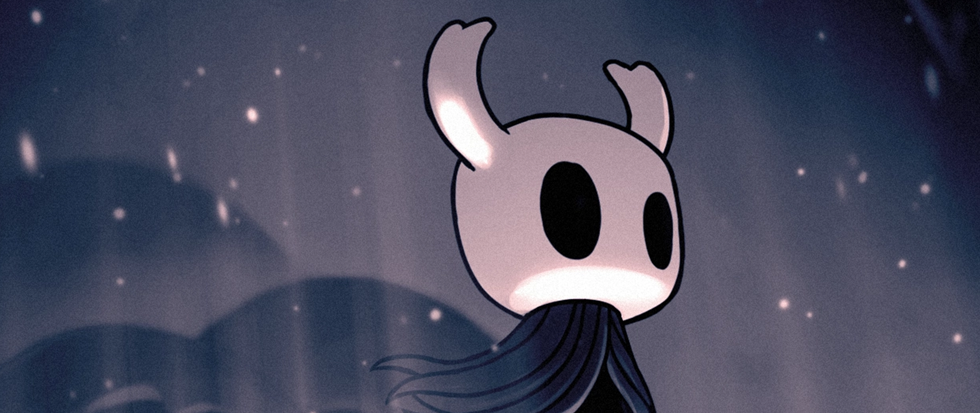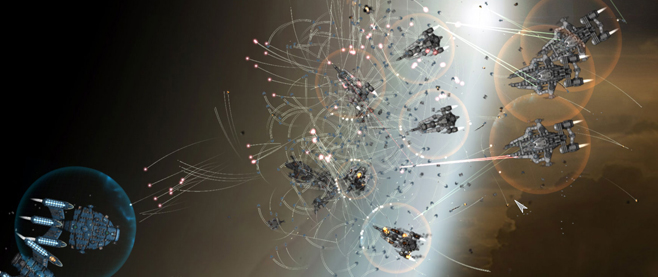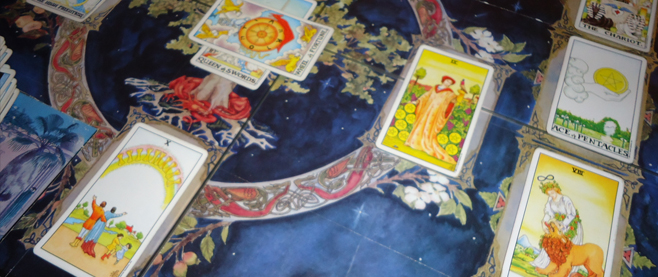
Cartography is Hollow Knight’s Greatest Reward
The Fog Caverns are stifling. Aqueous creatures float through the thick air aimlessly as you carefully make your way downwards, further into the alien abyss. You’re unsure how the monsters regard your presence until one squirms toward you, an outward act of aggression that forces you deeper. Soon, with the immediate threat behind for now, you come across a fork in the path, branching tunnels that promise more of the unknown. You would consult your map, but you don’t have one. Instead, you’re left to explore on your own. There are many landmarks to help you mark your way, but the caverns are labyrinthine, leaving you feeling helpless.
You wander until you hear a familiar humming, a cheerful tune that feels out of place in this ghastly place. Nearby, Cornifer happily scribbles on some parchment, discarded maps littering the area. He looks up as you approach, and offers to sell you one of his maps-in-progress. You hastily fork over the geo he’s asking and waste no time in opening up the map. The relief is palpable and washes over you, imbuing you with the confidence you need to keep moving forward.
Exploration and cartography are key mechanics in Hollow Knight, an action platformer in the vein of Metroid from Team Cherry. Like other titles in the genre, much of the map is revealed as you explore, but rarely does it feel as rewarding as it does in Hollow Knight.

As you enter new areas, you do not have immediate access to a map. Instead, you’re left to explore until you find Cornifer. Hollow Knight is a tough game made tougher by the unknown, a quality that makes acquiring a map extra rewarding. This isn’t too different from other entries in the genre mechanically, but tying the map to a character like Cornifer adds a level of personality that something like Outland or Song of the Deep lacks.
Once a map is acquired, you are not yet privy to the entirety of an area; there are still many secrets and hidden paths to uncover. And these areas do not get updated on the map until you find a bench, the Hollow Knight equivalent to Dark Souls’ bonfires. Once you rest here, your map gets updated with the locations you’ve explored since your last checkpoint. If you’ve purchased the proper upgrades, your map will also display important locations like vendors and fast travel points.
Making cartography a central mechanic is something I wish we saw more of in games. I was surprised by how personal the world felt as I explored and filled out the map, even within the confines of the developers’ limitations. Cornifer’s telltale humming is a brilliant little touch that had me reflexively sighing with relief every time I happened upon it.
Hollow Knight is chock full of powerful character upgrades and incredible settings and fun characters, but the true reward is exploration. Because of how tough the game is, a filled-in map feels like an accomplishment, a reward on par with snagging a health or damage upgrade. Few games have used mapmaking as motivation to keep me playing, but I wish they did.





